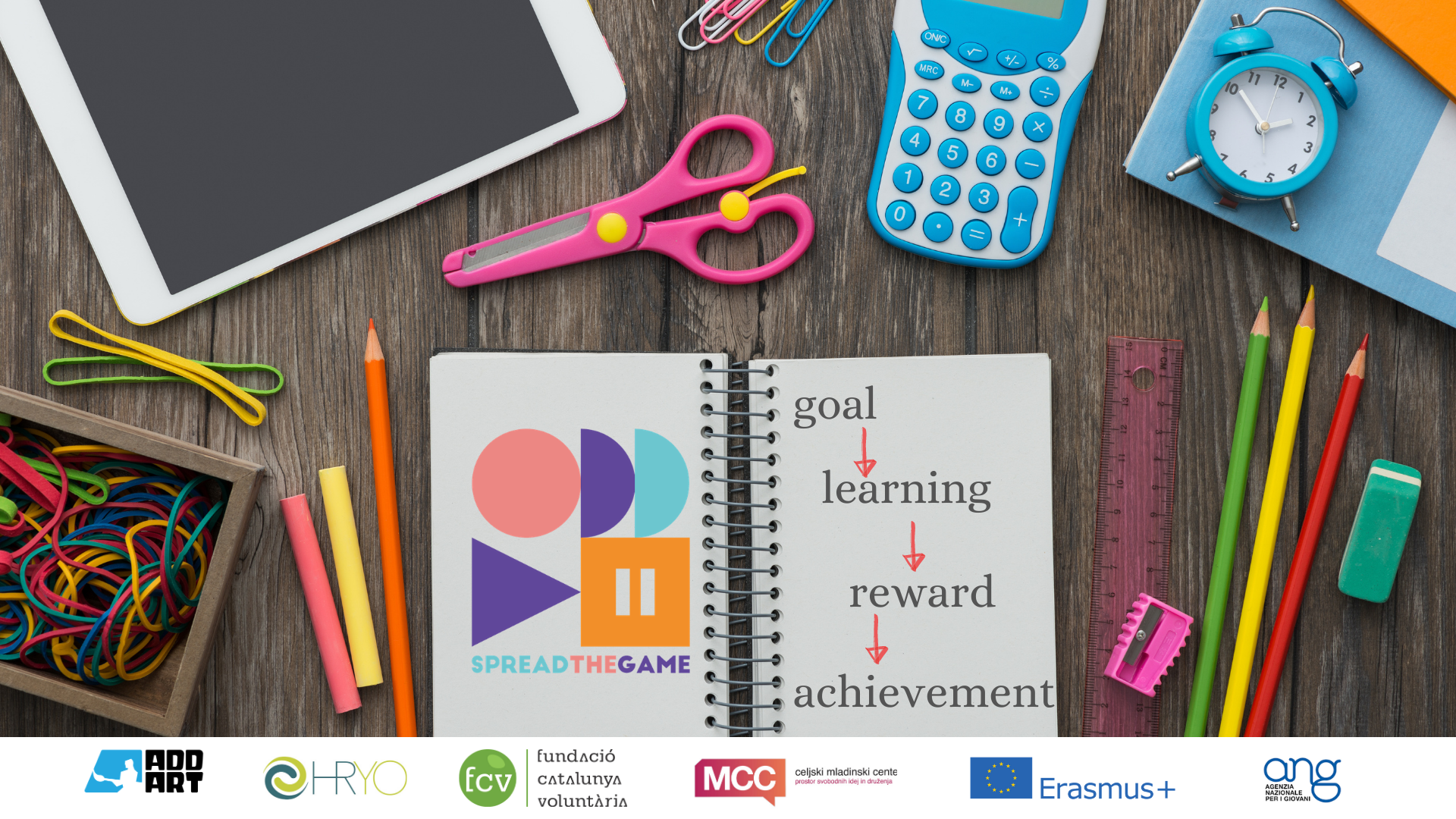To start talking about gamification, it is important to put a bit of context in the subject.
In our case, it is a bit easier to talk about the Catalan context, as Spain is a very big country, and the reality can vary from one region to another. The concept of gamification and its use outside work environment have become more popular in the last years.
But what is gamification and what does it consist of? Gamification is the incorporation of elements related to the game in daily tasks, thus allowing to develop motivation, creativity, versatility, and other skills when performing them.

However, the idea of including fun, goals, and playful characteristics in learning has been around for much longer in the learning sector, especially in non-formal education. In Catalonia, youth work with NFE is a key element for youth development, as can be seen by the importance of Scout organizations.
So what is the innovative factor of gamification? This new methodology is linked, although not always or necessarily, to video games, online games, and all kinds of virtual games. In this way, it is linked to the technological development of recent years, adding the factor of the internet, applications and other elements to the concept.

In Catalonia, the Government is starting to offer courses in the formal education sector, to enable teachers and youth workers to include this methodology in learning processes. It is a relevant step that public resources are being used to further the mission of inclusive and alternative education. This is also possible as more technological devices are being added to classroom. It is important to highlight, though, the inequality these may cause between schools with higher financial support and those in more underprivileged circumstances.
Although gamification is a step to make education more accessible and fun to everyone, we should never forget the relation between social disadvantages and access to technology.
Written by Fundació Catalunya Voluntària


Comments are closed